Signs that Your Chimney Crown Should be Repaired
There are different warning signs that indicate you have a broken chimney crown that should be repaired. When you complete these repairs as soon as possible, you will save thousands of dollars and an entire chimney rebuild as well.
Call Us at 877-959-3534 for Chimney Service
The chimney crown that is located at the top of your chimney is an essential component of your chimney’s overall system. Your chimney crown is a concrete roof that is like an umbrella, which keeps your entire masonry and chimney brick free from any water damage, nests, debris, and other intrusions. Even if you do not see it, the chimney crown saves you from having to pay for an expensive chimney repair so you should know the early signs:
Degrading Chimney
When the actual chunks of bricks or chimneys comprising the chimney are falling, you have severe crown damage, just like the damage to your home. You might have to hire professional crown repair or chimney rebuilding.
If you notice this happening, you should have your chimney crown fixed right away. Your home should be kept in good shape by hiring trained professionals for repairing the chimney crown.
Efflorescence
Are there white stains on the chimney? That is called efflorescence. Salt crystallizations are observed frequently on concrete, natural stone, and brick surfaces. If this is the case, it is normally a sign of a moisture issue. It is typical to have a small amount of it, but if it becomes excessive, it will raise flags. Most of the time, efflorescence is caused by loose flashing or faulty flue liner, which hastens mortar and brick deterioration. That is why you need a chimney technician to install a liner or flue or repair the flashing to prevent water from going into the chimney.
Masonry Debris
The debris coming from the deteriorating crown might tumble down the chimney and collect on the firebox or hearth. While the crown deteriorates what the mortar is comprised of, the chips from collateral damage to top courses of flue tiles and bricks lead to mortar and brick debris falling down your chimney. This all gets collected in the chimney firebox.
Mortar Joint Damage
Mortar joint damage might weaken after some time because of ice, water, and seasonal expansion. The masonry gets exposed to moisture when the mortar starts to deteriorate, which causes more harm. Aside from that, the chimney can break down and collapse eventually if you leave it unattended. You might require a specialist to have the joints and mortar repaired.
Call Us at 877-959-3534 for Chimney Service
Spall Chip Damages
The chimney bricks can start to show moisture damage signs. While the crown deteriorates, moisture will find its way into the mortar and then into brick tiers beneath the crown. Thaw and freeze cycles cause bricks and moisture to expand, which causes spalling. A small chip breaks off the brick’s face and leading to more deterioration.
Damaged Interior Walls
You must take a closer look at the walls close to the chimney in your home. You should closely check the wallpaper, paint, or any other finishing material there is. Can you see any moisture damage, like fraying or discolored blotches? There could be moisture that seeps in through the chimney crown.
Water Pooling
It is not pleasant if you see that there is a stack of chimney tiles in the fireplace. Broken flue lining is normally an indication of a fallen tile, which is caused by water damage or poor construction methods. This will only worsen if left untreated. Cracks will allow moisture to enter and might even cause a chimney fire.
Call Us at 877-959-3534 for Chimney Service
This post first appeared on https://www.firstclasschimneyservices.com
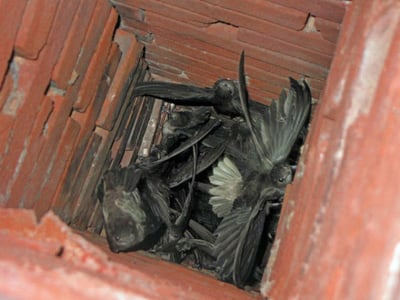

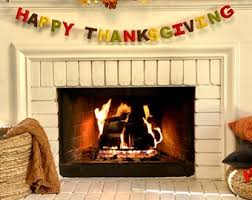 As we enter the holiday season, we want to express our gratitude for you and wish you a blessed Thanksgiving and an abundance of great health and joy.
As we enter the holiday season, we want to express our gratitude for you and wish you a blessed Thanksgiving and an abundance of great health and joy.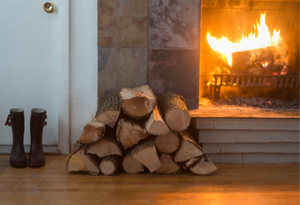
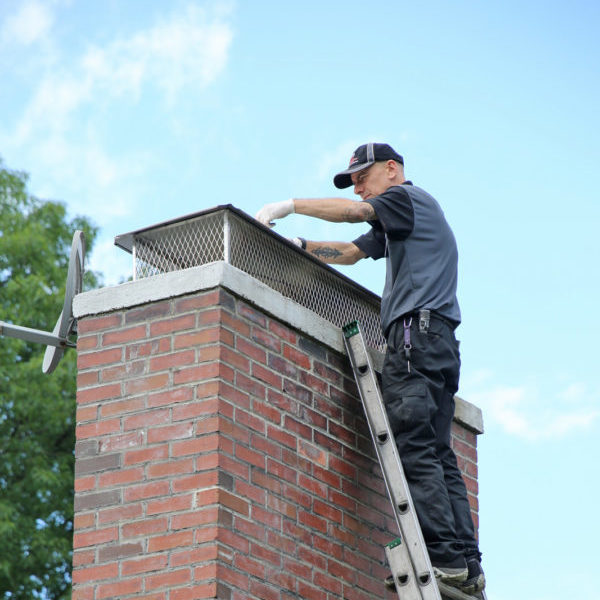 Keeping Snow Out Of Your Chimney
Keeping Snow Out Of Your Chimney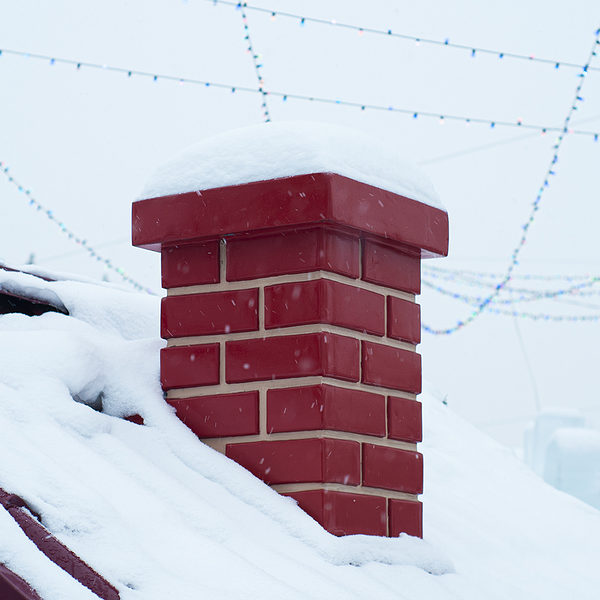 Preparing Your Chimney For Winter
Preparing Your Chimney For Winter
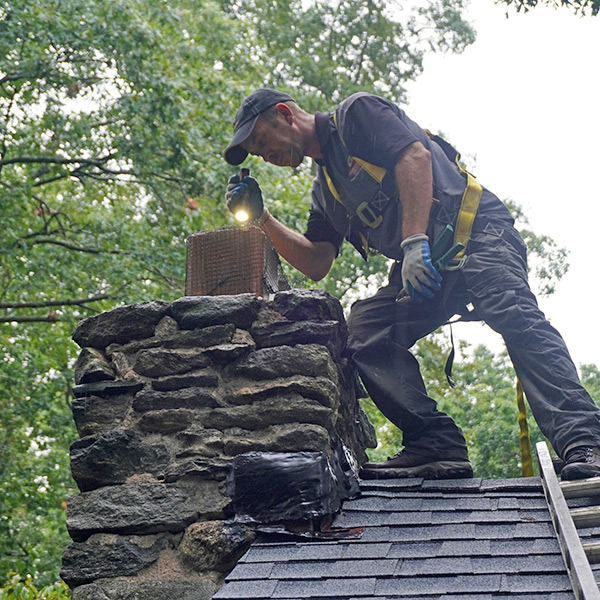 A cracked flue can lead to a house fire
A cracked flue can lead to a house fire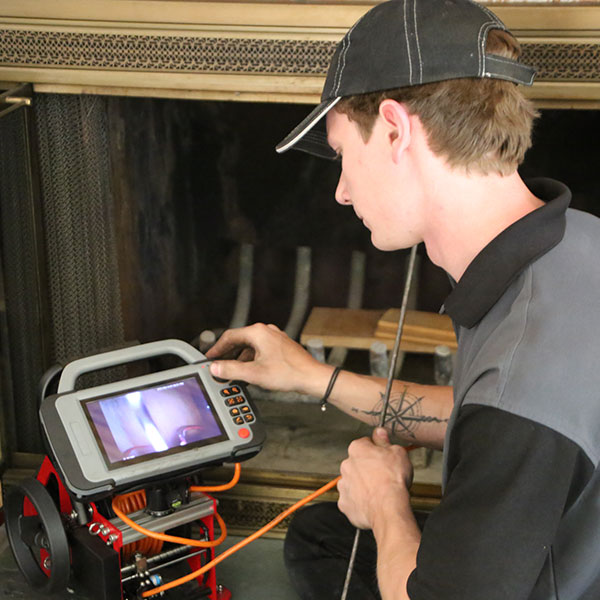 Homeowner’s Insurance
Homeowner’s Insurance